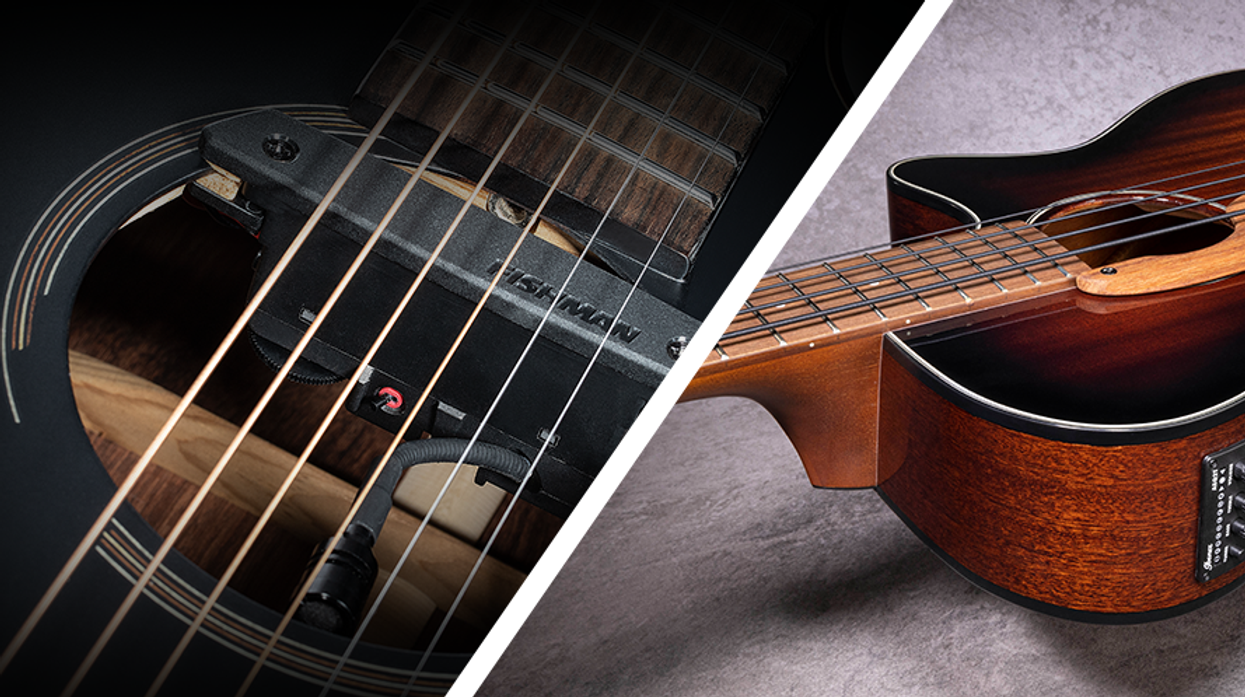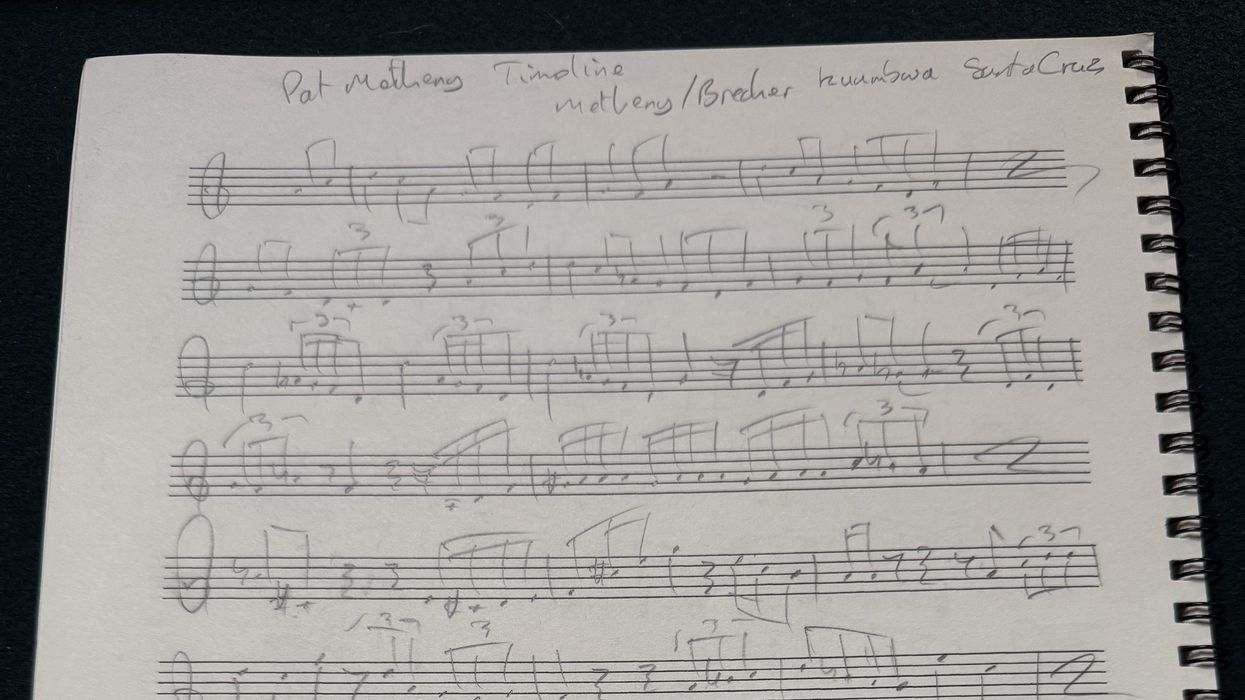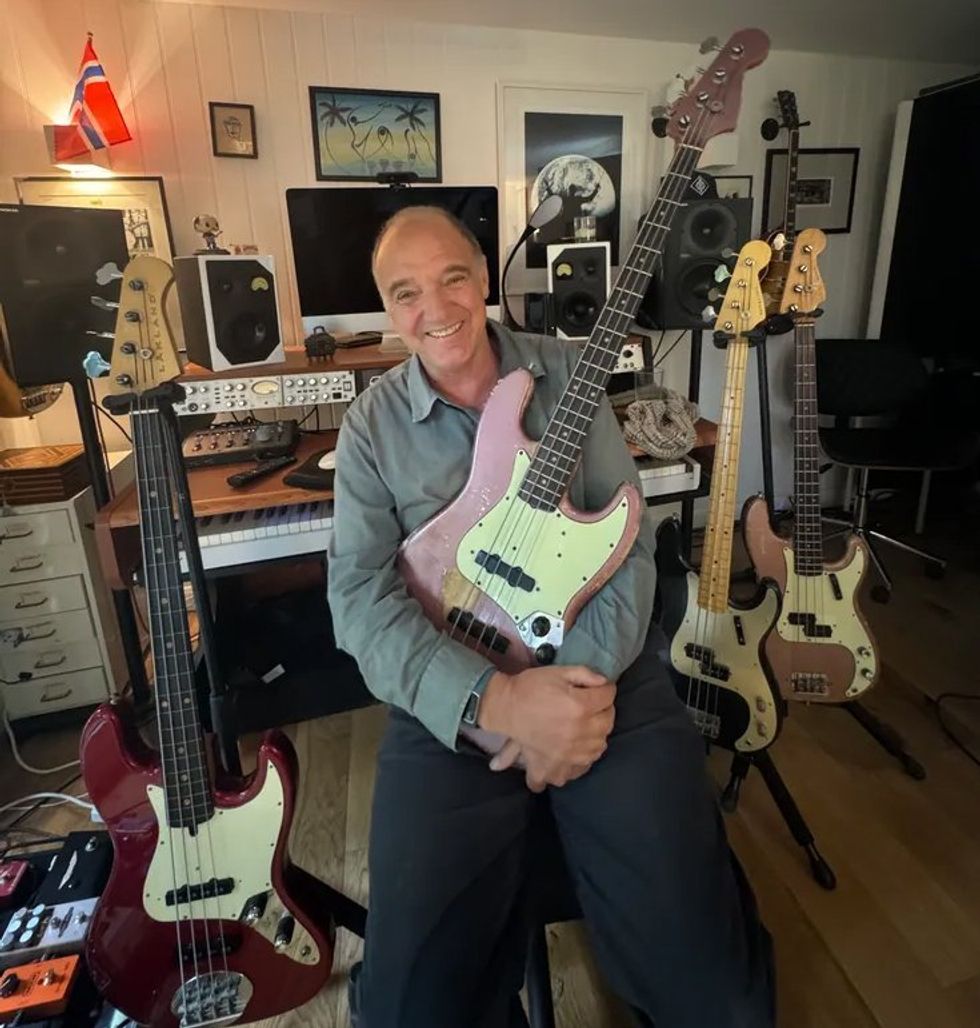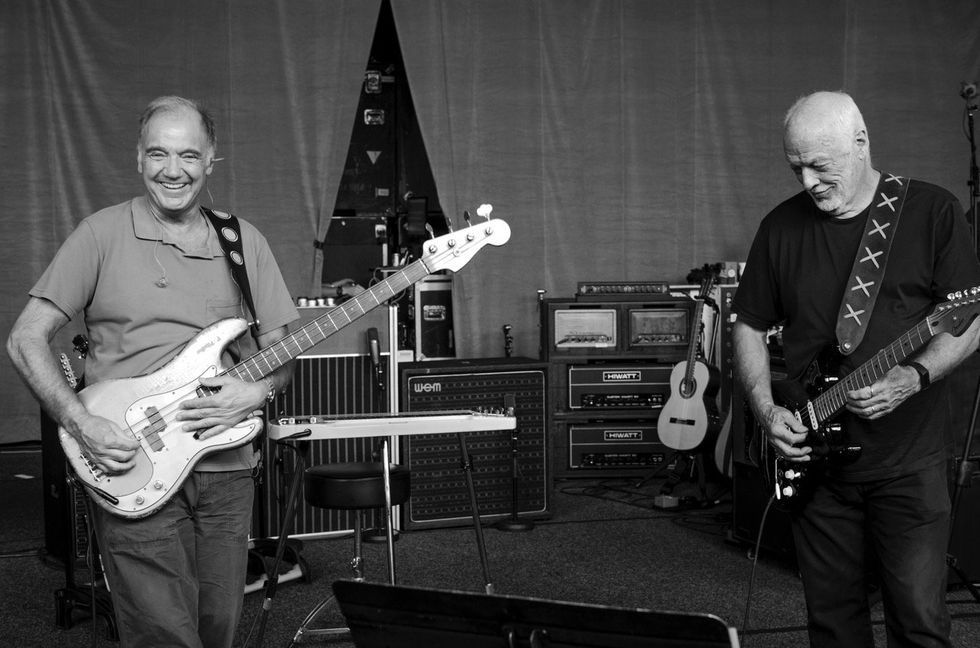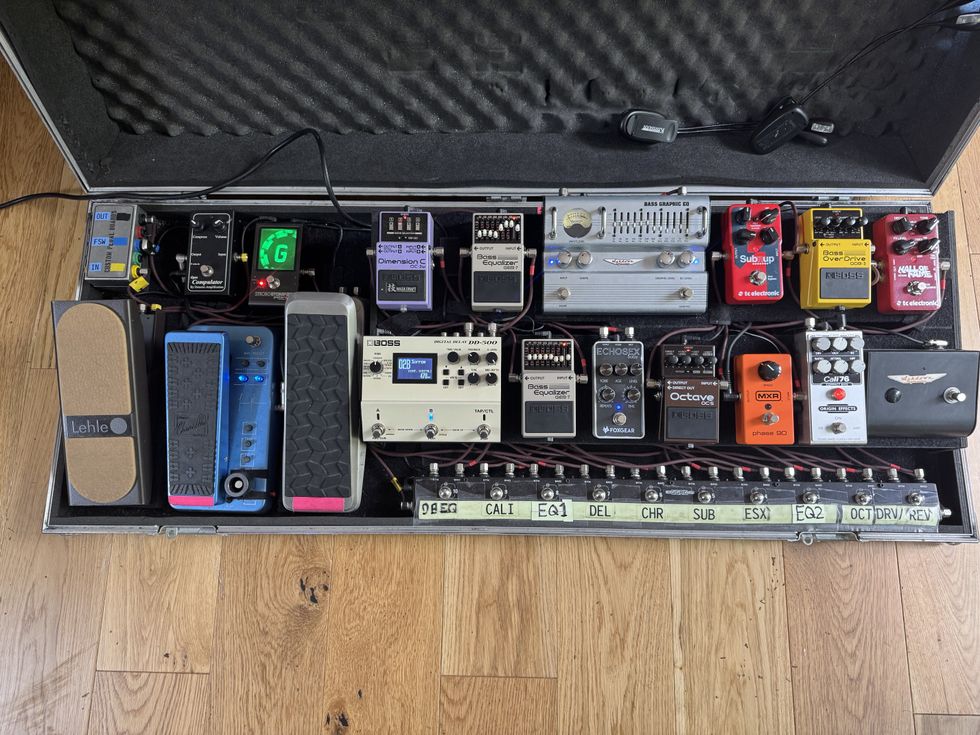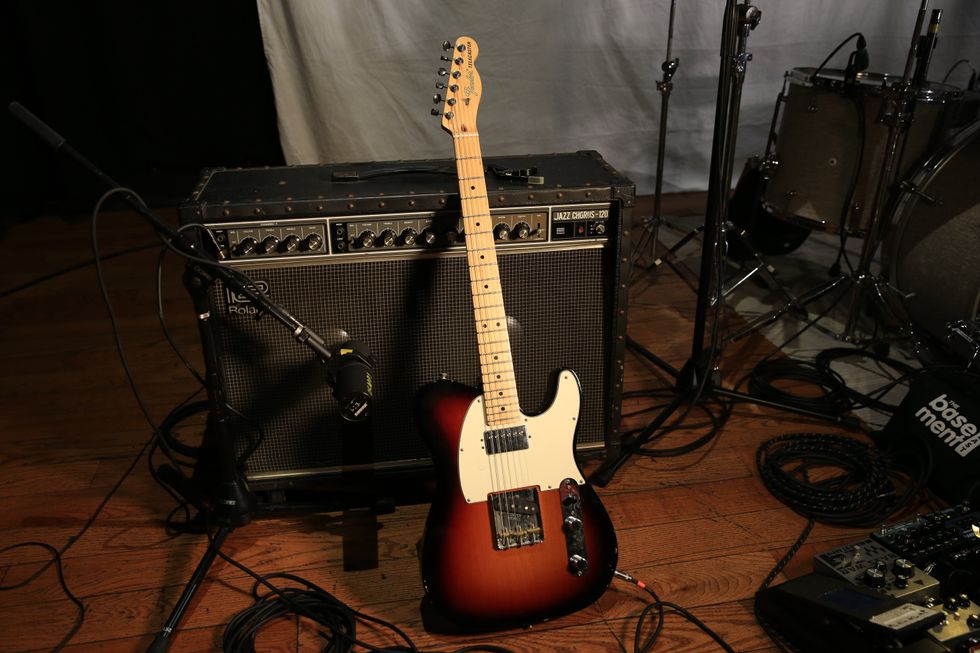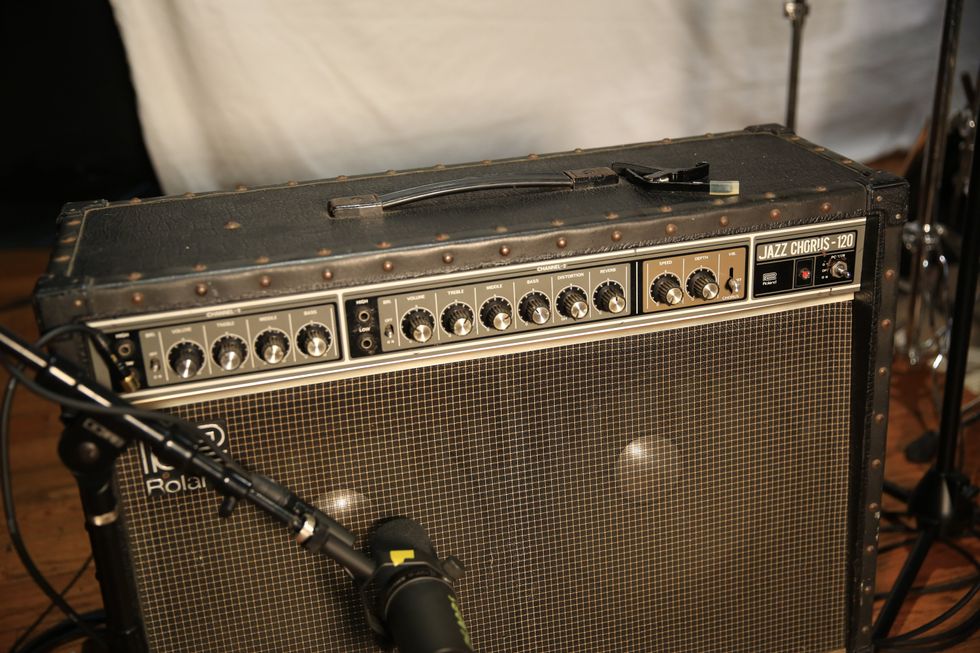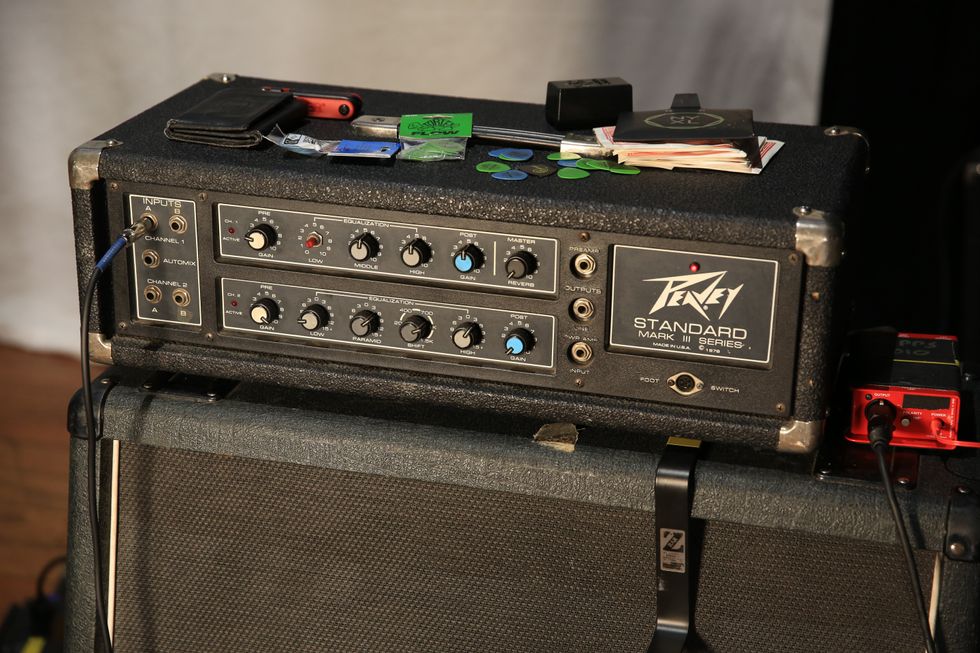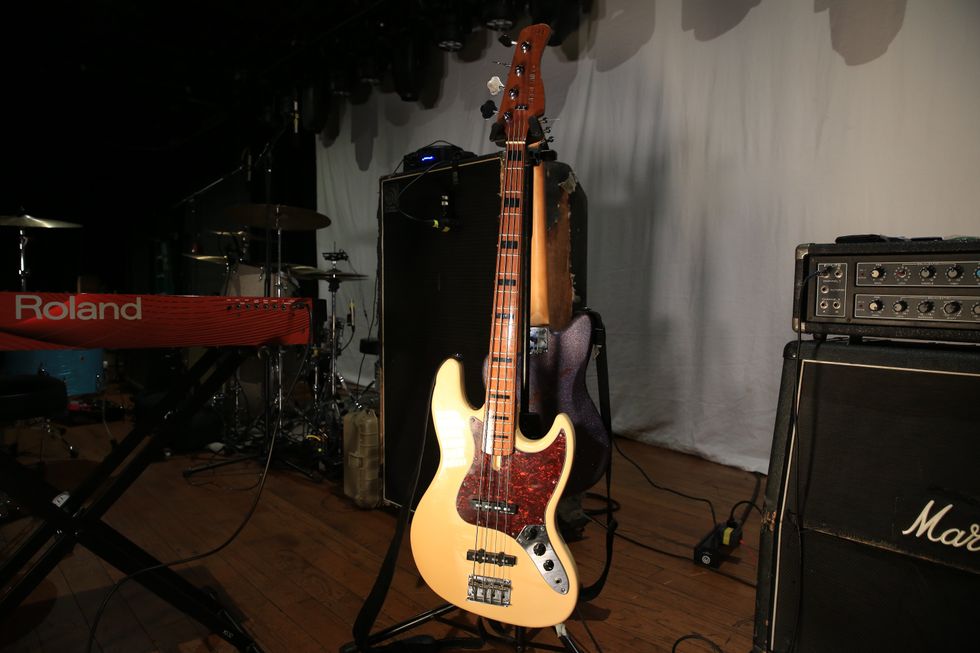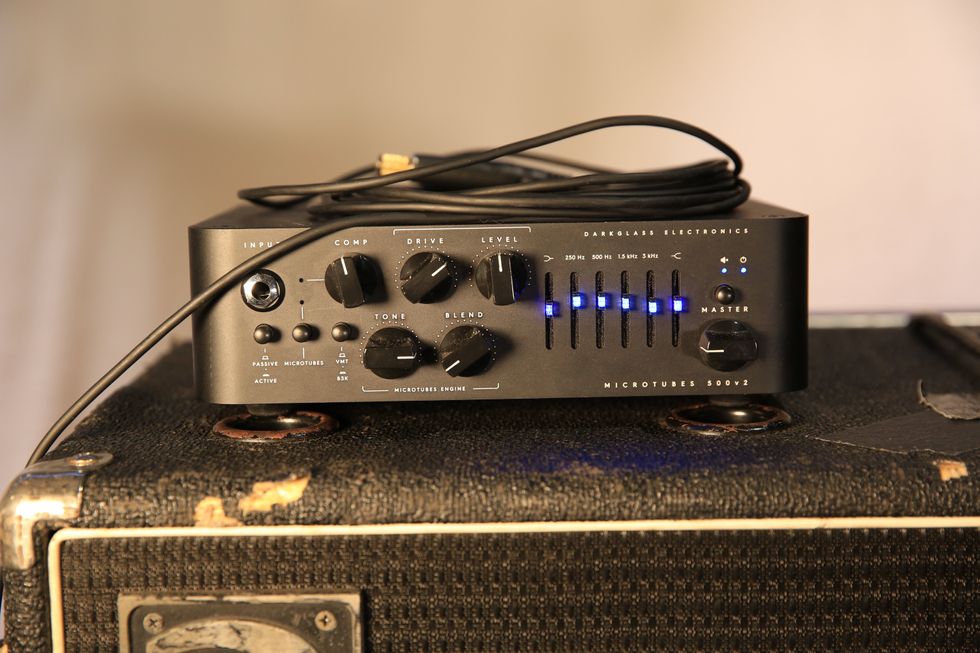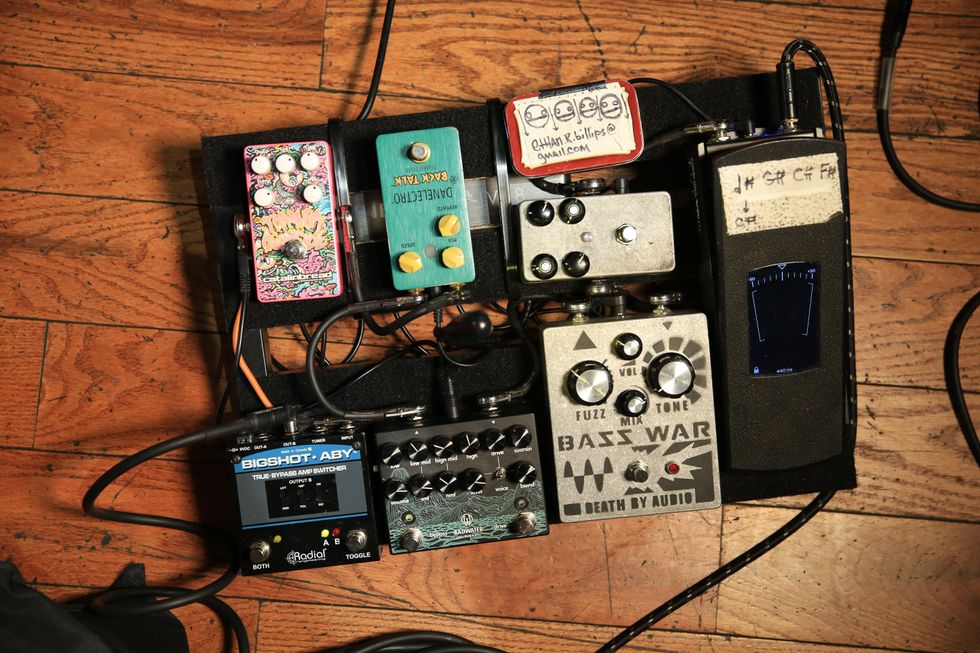Hey Zach,
I’d like you to take a look at my baby, a
1970s Ricky bass. I bought it used in the late
’70s and have played it ever since. The serial
number is NK706XX. Can you tell me a little
more about the guitar and if it is trash or
treasure? Thanks!
Timothy
Phoenix, Arizona
Hi Timothy,
Cool bass, man, and it’s awesome you’ve been
using it for over 30 years now! One look at a
Rickenbacker really catches your eye, doesn’t
it? However, not many people know much
about Rickenbacker basses, despite how
important they have been to the bass market.
I’ll give a little Rickenbacker history, explain
why their basses are important, and discuss the
specs and value of your bass.
Adolf Rickenbacker, along with two other men,
started a metal stamping shop in 1925 called
the Rickenbacker Manufacturing Company.
Adolf invested in the original National (Dobro)
guitar company during the late 1920s and
began supplying them with metal bodies for
their Dobros. In the early 1930s, Rickenbacker
and National employees George Beauchamp
and Paul Barth formed a new company, called
Ro-Pat-In, to begin developing Beauchamp’s
electric guitar design—a design that National
was not interested in. The first electrics by
Ro-Pat-In were introduced in 1932 under the
Electro String Instruments trademark, which
later became the Electro String Instrument
Corporation. By 1934, the brand name on the
guitars changed to Rickenbacker.
In 1953, Rickenbacker sold his company to
Francis C. Hall, who founded the Radio and
Television Equipment Company that was
the exclusive distributor for Fender in the
late 1940s and early 1950s. Rickenbacker
has been a family-run business ever since,
as his son, John C. Hall, took control of
Rickenbacker in 1984, and John’s son, Bill,
works there as well. It is important to note
that Hall worked very closely with Fender, as
the two have been competitors ever since.
There is a lot of debate and general confusion
over who introduced or created or invented
the first electric guitar, but many consider
Rickenbacker to be the first. George Gruhn is
probably the most accurate when he describes
Rickenbacker as the first guitar company to
successfully market electric guitars. Regardless,
they’ve been producing electric guitars since
the beginning, and because of the high quality
of their instruments, many players took notice.
Rickenbacker had a long list of big names playing
their instruments in the 1950s and ’60s, including Roger McGuinn, Pete Townshend, Glenn
Frey, and of course, John Lennon and George
Harrison of the Beatles. Tom Petty and the
Bangles’ Susanna Hoffs are more recent artists
who have had signature Rickenbacker models.
While Rickenbacker was experiencing signifi-
cant success with their guitars, F.C. Hall knew
they needed an electric bass in their line, too.
In 1957, Rickenbacker introduced its first electric bass, which had many revolutionary new
features. Most notably, its neck-through-body
design used one long piece of wood that ran
the entire length of the bass. Rickenbacker’s
rival, Fender, only used bolt-on necks, which
started the ongoing debate over which design
is better. Rickenbacker's neck-through design
really set the standard for many modern bass
builders regarding tone and sustain, as the
tuners, fretboard, pickups, and bridge are all
mounted on the same piece of wood.
Your model 4001 bass was built in November
1974 according to the serial number (almost
all Rickenbackers can be dated through
serialization). It features Rickenbacker’s eye
popping "cresting wave" body with a maple
neck-through-body and maple body wings,
cream body binding, a bound 20-fret rosewood fretboard with pearl triangle inlays,
two-per-side tuners, two pickups, a white
pickguard, four knobs (two volume, two
tone), a three-way switch, and chrome hardware. Note that on the headstock there are
small wood pieces glued to the body-long
neck piece, and the large chrome surround
on the bridge pickup is missing its cover.
Regarding your instrument’s condition, the
chrome is pretty rusted and oxidized, the back
of the neck is slightly worn, and the body has
significant nicks and scuffs on both the front
and back. All of this is to be expected on a
guitar that’s over 35 years old. Based on this,
the overall condition of your guitar is 80 percent (Very Good +), and in this condition is
currently valued between $1500 and $1800.
Comparatively, excellent condition models are
valued between $2200 and $2500. Based on
how well these basses play and today’s value,
your Ricky 4001 bass is definitely a treasure!
A quick clarification: I mistakenly stated in
my June 2010 article on the Guild JF-55 that
Campbell American Guitars were building instru-
ments in the old Guild factory in Westerly, Rhode
Island. Actually, Campbell American Guitars hired
several employees from the Guild factory, but
builds guitars in a factory located in Westwood,
Massachusetts. Sorry for any confusion.
Sources: 12th Edition Blue Book of Electric
Guitars by Zachary R. Fjestad, The Complete
History of Rickenbacker Guitars by Richard R.
Smith, and Gruhn’s Guide to Vintage Guitars
by George Gruhn and Walter Carter.
Zachary R. Fjestad
Zachary R. Fjestad is the author of the Blue Book of Acoustic
Guitars, Blue Book of Electric Guitars, and the Blue
Book of Guitar Amplifiers.
Questions can be submitted to:
Blue Book Publications
Attn: Guitar Trash or Treasure
8009 34th Ave. S. Ste #175
Minneapolis, MN 55425



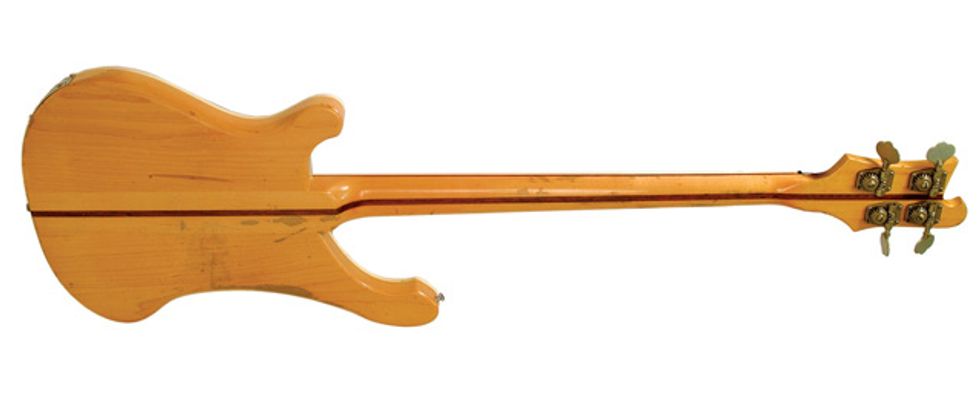
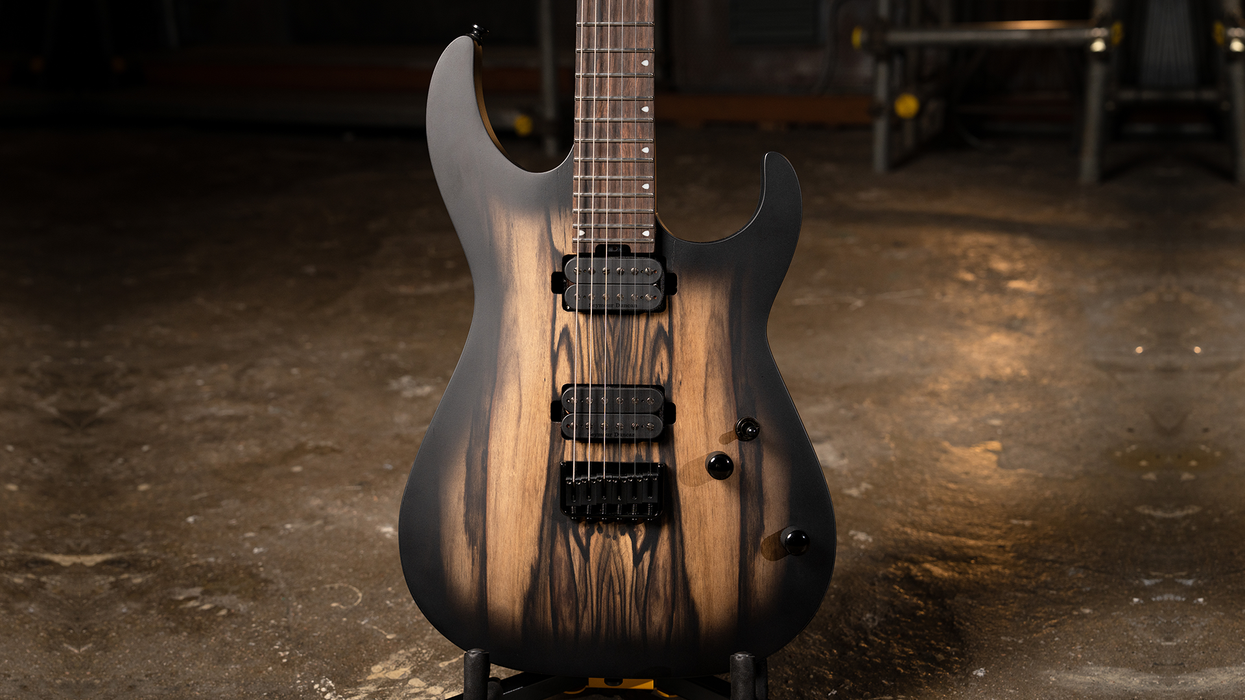


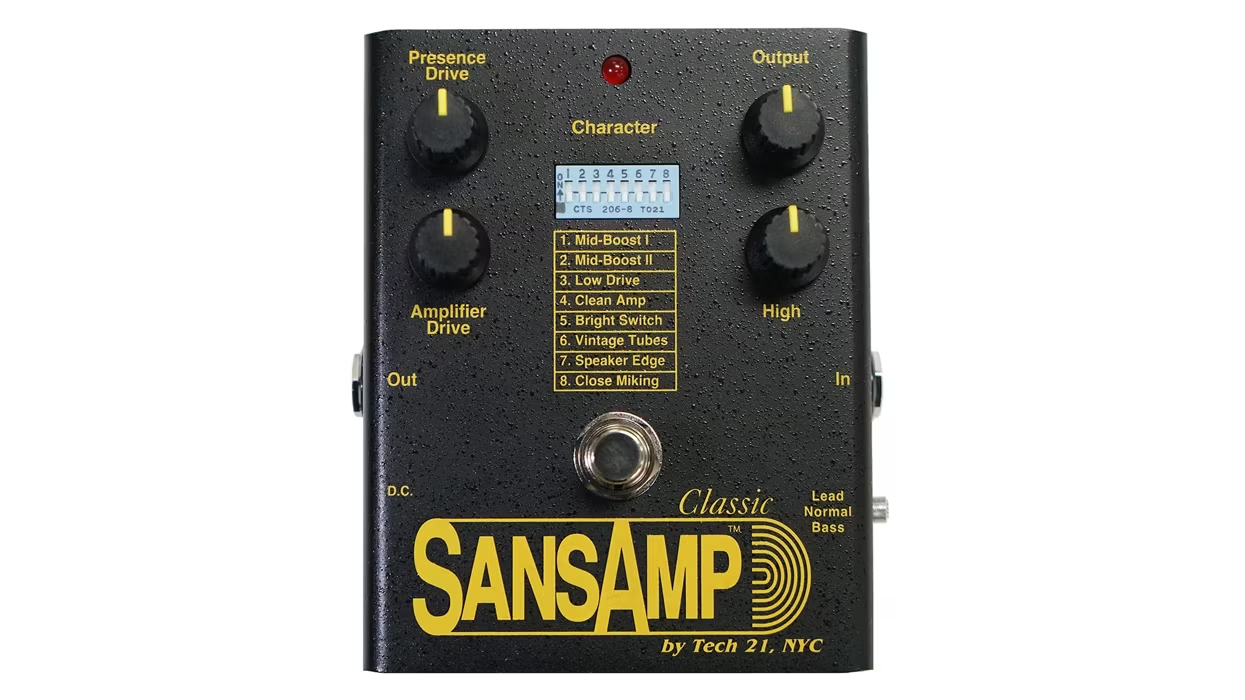
![Rig Rundown: AFI [2025]](https://www.premierguitar.com/media-library/youtube.jpg?id=62064741&width=1245&height=700&quality=70&coordinates=0%2C0%2C0%2C0)












 Shop Scott's Rig
Shop Scott's Rig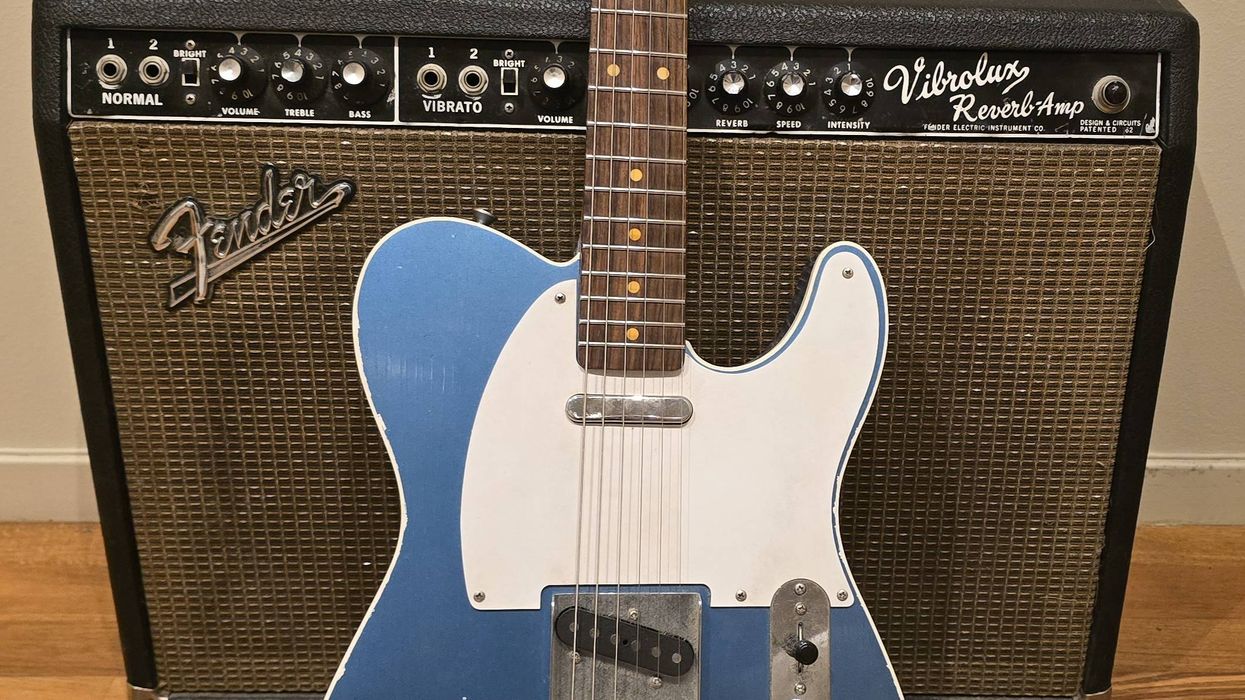

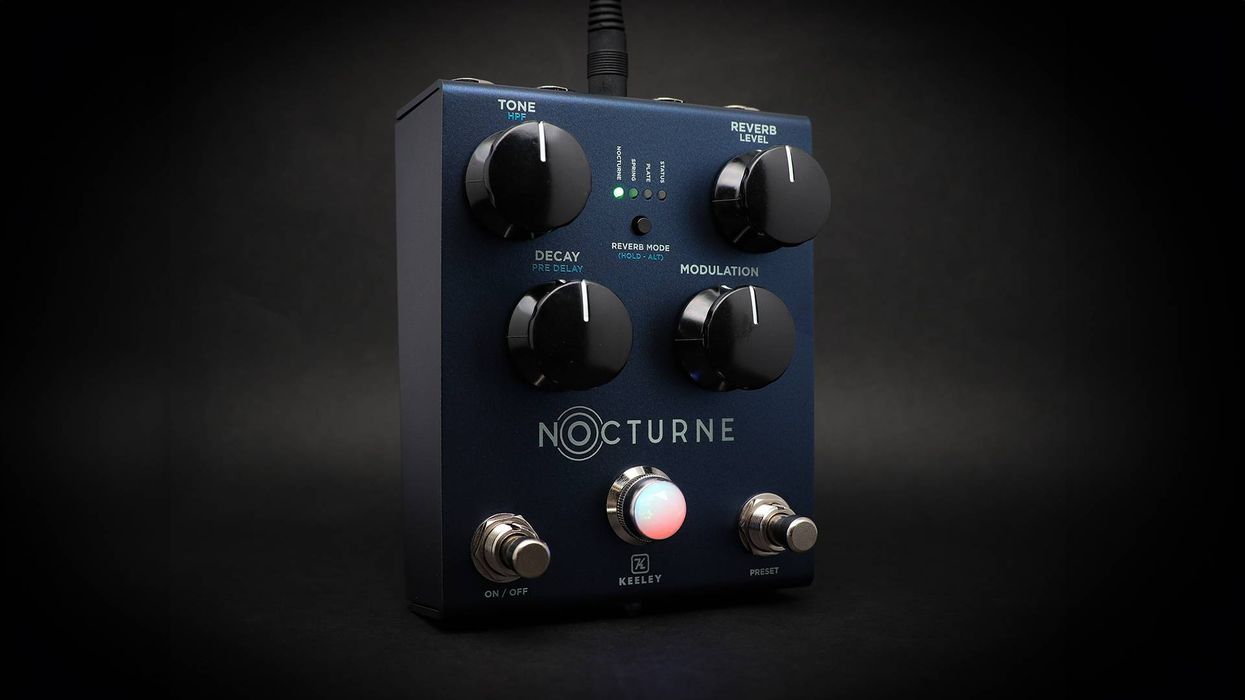
![Rig Rundown: Russian Circles’ Mike Sullivan [2025]](https://www.premierguitar.com/media-library/youtube.jpg?id=62303631&width=1245&height=700&quality=70&coordinates=0%2C0%2C0%2C0)

